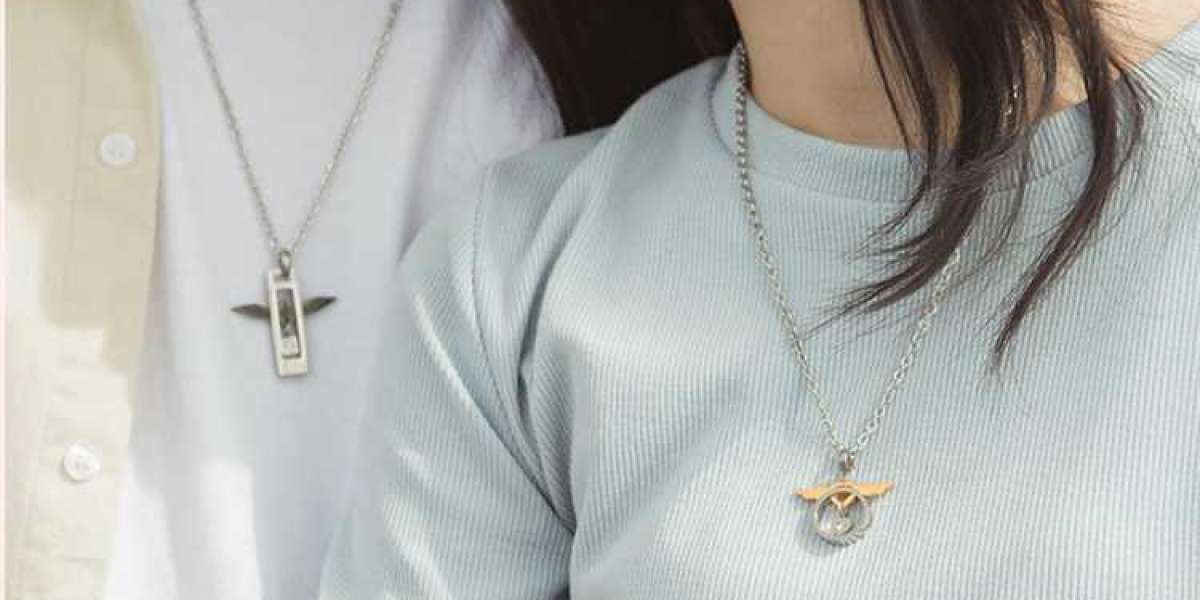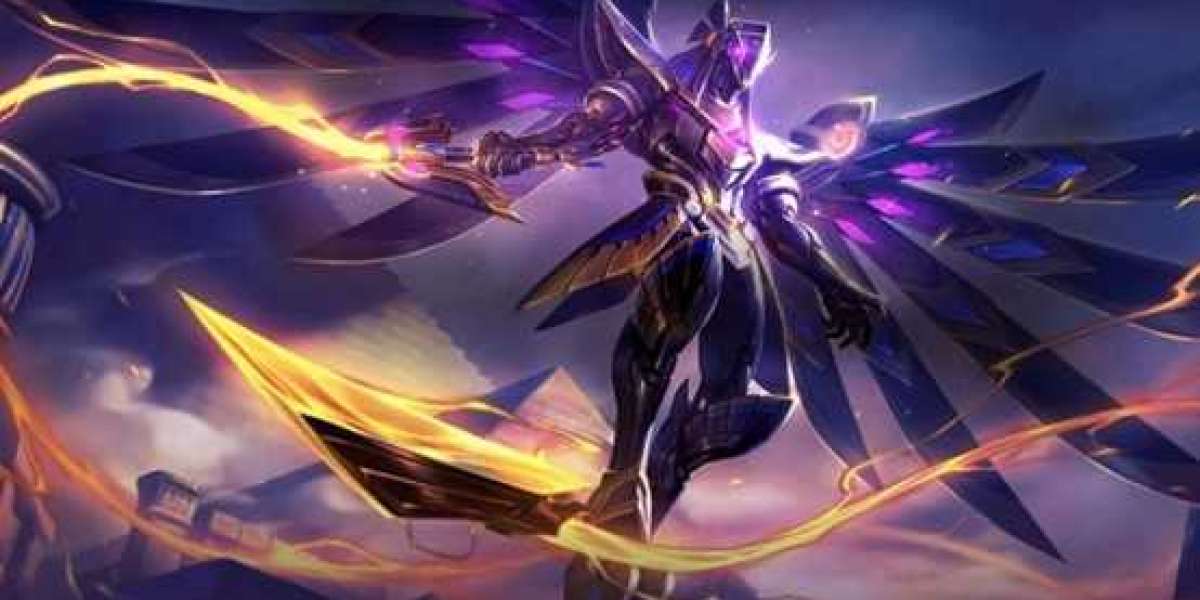Why are Matching Necklace so well-known?
Over the last few years, we've seen an increase in the popularity of men wearing necklaces. Many men, from the famous on the red-carpet to social media influencers have chosen to make this piece of jewelry an essential in their wardrobe. But what exactly is it about necklaces that draw so much attention?
Necklaces can be a lot of different. They can be simple and subtle or bold and statement-making or anywhere in between. This flexibility lets men express their personal style and mood, or a particular message they want to convey.
Additionally, necklaces are often used as a conversation starter. A necklace, whether it's a piece with distinctive design or a custom-designed one, can be an excellent way to make connections and break the ice. guys based on their shared interests or experiences.
Additionally, as the line between traditionally male and female fashions blurs, those wearing necklaces have a more broader acceptance of different fashion choices. This is a small step in the direction of breaking down gender stereotypes and embracing individual style without limitations.
It's also worth noting that many religions and cultures have long praised the wearing of necklaces by men, from protective necklaces to symbols of status. As fashion in the world becomes more interconnected, we're witnessing the blending of different traditions and styles, which makes necklaces for males even more popular.
Additionally, many men find wearing Couple Jewelry to be empowering. It is a symbol of individuality, confidence, and self-expression which makes them make a statement in a crowd.
The trend of men wearing necklaces could appear to be a new phenomenon, but the history of men wearing jewelry dates back thousands of years. Ancient civilizations from the Egyptians to Romans recognized the power and prestige associated with jewelry.
In Ancient Egypt the pharaohs, pharaohs, and noblemen were seen wearing necklaces made of gold, and decorated with precious stones. These pieces weren't just for decoration; they symbolized the wearer's power, wealth, and connection to the gods.
Romans on the other hand considered jewelry to be an indication of the status of the wearer. As a sign of their status, high-ranking officials soldiers, high-ranking officials, and other were adorned with rings and necklaces. They also believed that certain stones and metals had properties that protected them, and used them in their jewelry, both for style and functionality.
Fast forward to the Middle Ages, where knights wore medallions and pendants as a way of identifying themselves on the battlefield. These pieces often bore the symbols of their family crests, or a religious symbol, serving both a practical and spiritual purpose.
During the Renaissance, as the arts and culture grew, so did the fashion of men. Nobles and scholars were adorned with elaborate necklaces that displayed their wealth and taste. The intricate designs and use of precious stones made these necklaces masterpieces of art.
In more recent times the 1960s and 70s counterculture movement saw a resurgence in men's jewelry. Inspired by global travels and the desire to break away from the conventional fashions, many men were drawn to necklaces, rings and bracelets as a means of self-expression.
Today, with the rise of individualism and personal branding, men sporting necklaces are now a prevailing trend. Jewelry for men is here to remain, whether it is inspired by history, culture or personal preferences.
couplesdm
2 Blog posts



